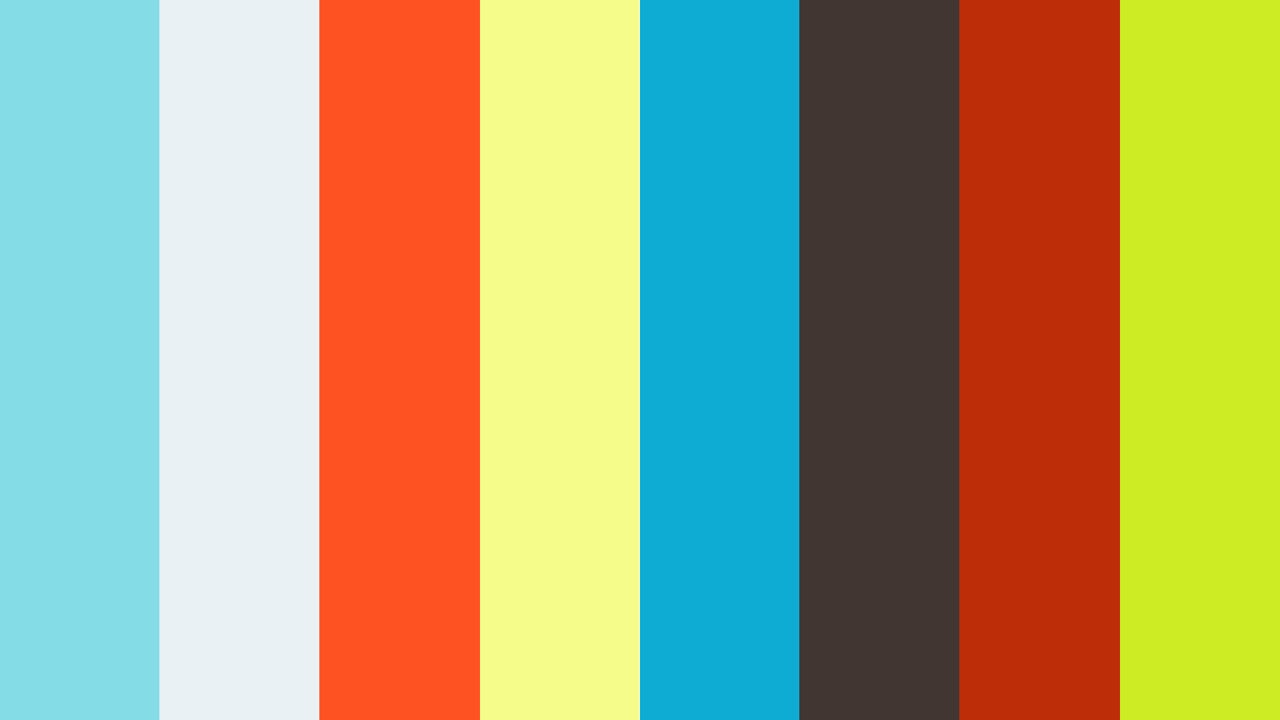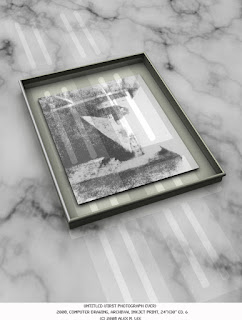“The Apartment” is an animation tI created hat’s explores the human experience of uncertainty. I explore this idea through the first person camera view experience of a character who has woken up in their apartment. The character is not important. The scene is meant to present a universal understanding of uncertainty through confusion in a place that looks real, but as one further explores, they wonder what is reality in a place that seems at first glance familiar.
I get my inspiration from many sources. One of my main sources are animated films that I see on television, online, or at the theatre. The first that comes to mind are Pixar films. When I see a Pixar film such as “The Incredibles,” which is an animated film that started my interest into the field of animation, I get a wealth of ideas for animations and scenes that I want to start on my on. Other Disney and Pixar films influence me as well, but that is the one that resonates in my mind. Whether I am working on an animation, video art, or other forms of art such, I find that life influences my work. My job, daily experiences, life goals are all things that speak through my works of art.
Time is a big factor in my life, whether it be time management working on a project or running late for something such as work. I have found that lately, the idea of time has had a major influence on what I animate in my projects. In “The Apartment,” the scene begins on the view of an alarm clock going off. It time to wake up! There is this day-to-day battle with the alarm clock. Everyone has had that feeling of wondering whether they have set the alarm or have those weird days where the alarm clock doesn’t go off for some reason and now they are late to something. This is an idea that anyone can relate to, time not being on your side. In “The Apartment,” the scene uses the element of time to explore the idea of uncertainty. As the scene continues, the viewer is left to wonder. Has the person in the scene woken up? Or they sleep walking? Is this dream or reality? I find this an interesting scene to explore because if anyone has ever woken up in that state of mind where things are unclear, sometime one doesn’t know if they have fully woken up. Sometimes dreams are so real they seem like a reality and one doesn’t realize it’s a dream until they wake up. The confusion between the two creates this uncertainty that we all experience in life, in through the scene I hope to convey this message to make the viewer question things that or uncertain in their own lives. Where do we go from here? What path do I take? No one truly knows. It is the path we choose to take that leads us to discoveries along the way in a world of doubt.
"The Apartment" Delbert S DuBose Jr, 2016.



























